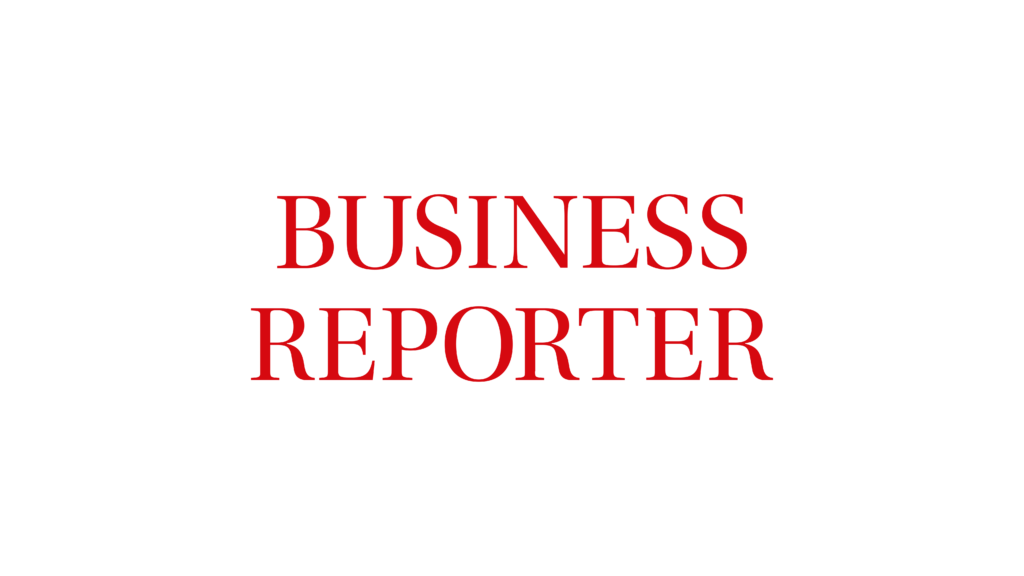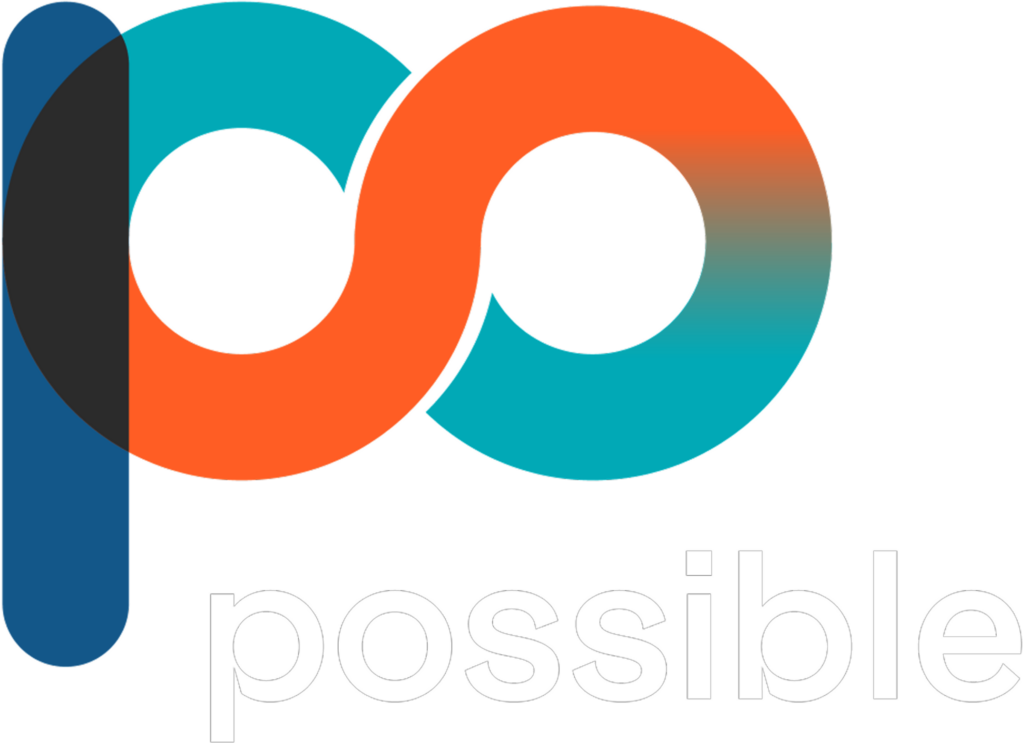How AI is reshaping the world of ad verification

Sara Maskivish is SVP, Market Enablement at Protected by Mediaocean Let’s face it, AI is the new kid on the block, and it’s got some seriously impressive tricks up its sleeve. From crafting captivating stories with ChatGPT to conjuring stunning visuals with DALL-E, AI is shaking up the marketing world like a kid in a candy store. But hold on a second, isn’t AI supposed to be the opposite of authentic? How can a machine, cold and calculated, help brands connect with real people? Well, buckle up, because AI is about to rewrite the script on ad verification. So, if ever there was a time to invest in understanding the role of AI in ad verification, it is now. Are advertisers growing frustrated? To understand the current model of ad verification, we need to consider the recent closure of Oracle Advertising, and the Moat service, which points to a trend of increased market dominance by a few key players, potentially reducing competition and innovation. It’s also important to look at the two largest players in brand safety, IVT and viewability and how they currently favour a “negative” model based on blocking and exclusion. While this approach to ad verification helps mitigate threats, it often casts too wide a net, unintentionally blocking safe and relevant content that could be valuable to advertisers, not to mention the added fees for this safety net. Meanwhile, publishers face the misclassification and unfair demonetisation of their inventory – all because of what could be an arbitrary keyword match. This risk-averse strategy has left both advertisers and publishers frustrated, as valuable ad placements are often overlooked. In a recent survey of 100 marketers conducted through TechValidate, 87% believe the industry needs to restore trust between buyers and sellers when it comes to ad verification. It’s time for a fresh perspective on ad verification. The industry has a unique opportunity to reimagine ad verification. By prioritising precision, and leveraging AI, we can achieve a more balanced and effective approach. Is AI the superhero of ad verification? While AI has been a secret weapon in the ad verification arsenal for a while, it’s now stepping into the spotlight. With its super-powered ability to analyse massive amounts of data in the blink of an eye, AI is safeguarding brands from the evil forces of ad fraud and brand safety risks. By giving websites and apps a brand safety score, AI helps advertisers avoid the bad neighbourhoods of the internet. It can also sniff out fake traffic and click fraud, protecting ad budgets from digital bandits. In addition, AI can understand the nuances of content in real time, making sure ads appear in the right places, at the right time, and with the right crowd. Instead of AI being the opposite of authentic, its utilisation is helping brand safety get personal – allowing advertisers granular control to accurately exclude the very specific content that doesn’t suit them, without over-blocking and without losing reach. So, while AI may not wear a cape, it’s definitely the hero we need to keep the digital advertising world safe and sound. What’s the path forward for advertisers? The current verification model was a necessary improvement over the chaotic early days of digital advertising. It introduced order and security to a once unpredictable environment. However, as time passed, the limitations of this model have become apparent. It’s time to ditch the stale, bureaucratic approach and embrace a new era of ad verification. We need a system that’s not just about finding fault, but also about fostering innovation and growth. It’s time for a system that rewards excellence, not just punishes mistakes. There is a growing demand within the industry for new ad verification models that shift the incentive structure away from static, punitive metrics that stifle growth. Instead of a duopoly controlling the market with platforms focused on fault finding, blind acceptance, and advertiser accountability, independent providers are a new breed, who aren’t afraid to challenge the status quo. These rebels are championing a more balanced approach, where growth and accountability go hand-in-hand. And the advent of AI is accelerating the pace of change and restoring trust at a time it’s needed most. To the article…
Rethinking Brand Safety and Ad Verification: A Pivot to Positivity

By Asaf Greiner, General Manager, Protected by Mediaocean The recent exit of Oracle’s Moat from the brand safety and ad verification market marks a significant turning point for the digital advertising industry. For years, the market has been dominated by a trio of players: IAS, DV, and Moat—and a single technological design shared by all three: The underlying technology is designed to eliminate risks in the form of nonhuman traffic, nonviewable ads, and brand-unsafe content. That approach, in other words, focuses on the negative, emphasizing what content should be avoided rather than what content should be embraced. With Moat’s departure, the market is at a crossroads, presenting an opportunity to rethink and reshape the approach to brand safety and verification. A Brief History: From Risk Elimination to Stagnation Early verification methods were reactive, using keyword blocklists and basic algorithms to filter inappropriate content. Though advancements were made to improve accuracy, they were refinements on the same core focus: preventing ads from appearing in harmful places. That risk-averse strategy has dominated the industry for nearly two decades, resulting in a market where verification is seen as a necessary evil—something that must be done to avoid disaster but not necessarily to drive value. The focus on minimizing harm has led to a commoditized market where innovation has stalled and differentiation among vendors has diminished. A Positive Paradigm Shift The industry’s overreliance on negative approaches, such as keyword blocklisting, has reached its zenith. Although those methods are effective at preventing ads from appearing alongside offensive content, they also come with significant drawbacks. For one, they can be overly broad, resulting in the exclusion of safe and relevant content that could have been valuable to advertisers. Moreover, they often pit advertisers against publishers, leading to tensions and the need for makegoods when ads are blocked inappropriately. Although founded with the right intentions, this old model has had the unintended consequence of disproportionately penalizing publishers—and posing yet another major challenge for journalism orgs, in particular. The time is ripe for a positive paradigm shift in how brand safety and verification are approached. Rather than focusing solely on what is inappropriate or nonhuman—on what is simply “not risky”—the industry must begin to emphasize what is relevant, appropriate, targeted, and effective. Such a shift requires a more nuanced understanding of content—one that goes beyond simple keyword matching to assess the overall quality and context of an environment. It also necessitates a closer collaboration between advertisers and publishers, who must work together to ensure that brand safety measures enhance rather than hinder the user experience. A Collaborative Future: Aligning Advertisers and Publishers A positive approach to brand safety not only benefits advertisers by providing more relevant and effective placements but also fosters a more collaborative relationship with publishers. In the traditional model, verification was often a point of leverage for the buy side, and advertisers used brand safety requirements to force concessions from publishers. That adversarial dynamic led to friction and inefficiencies, and publishers bore the brunt of makegoods and other remedial actions when ads were blocked or removed. In contrast, a positive approach aligns the interests both of advertisers and of publishers. By focusing on what works—identifying and promoting high-quality content—this collaborative model reduces the need for punitive measures and creates a more harmonious ecosystem: Publishers are incentivized to produce content that meets higher standards, knowing it will be more likely to attract premium advertisers; and advertisers benefit from a more consistent and positive brand presence, free from the disruptions caused by overly aggressive blocklisting. * * * The exit of Moat and the resulting duopoly present both a challenge and an opportunity: a chance to rethink and reinvent brand safety for the better. By shifting from a negative, risk-focused approach to a positive, content-driven model, focused essentially on excellence, the industry can unlock new value and foster stronger, more collaborative relationships between advertisers and publishers. To the article…



